To avoid to use very small and expensive crystals I'd like to use a bigger one and place it to opposide side of PCB to save space.
My question is: Is it possible to place an SMD oscillator on opposite side and connect it through vias?
In my case I've a 4 layer PCB. I'd like to know if this will harm or affect crystal signal quality and if it's used/unused practice.
EDIT: In this example and in my question I refer to a crystal (no oscillator). I've not placed capacitors to have a more clear example. EPSON TSX-3225 38.4000MF10Z-AS3 is a device that I'd like to use.
